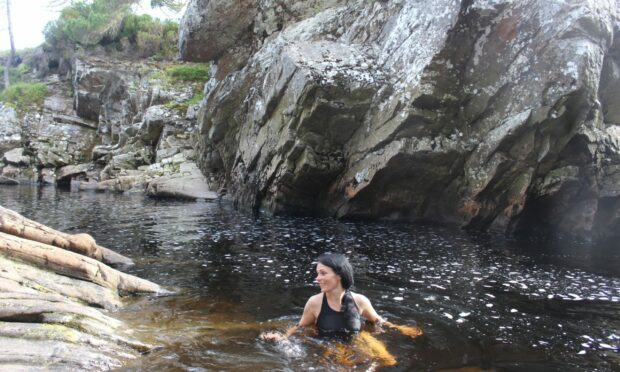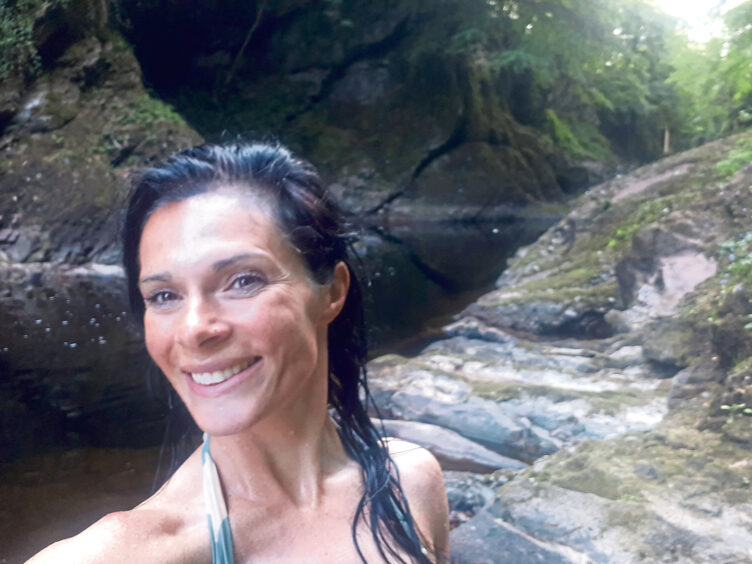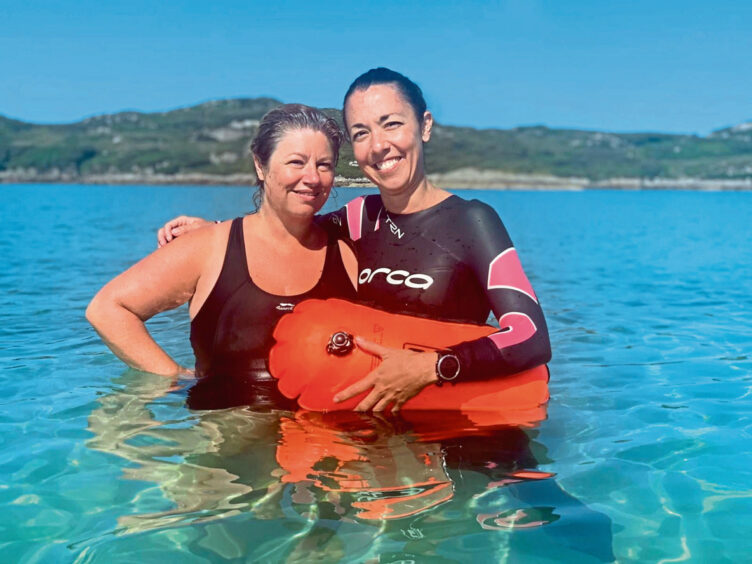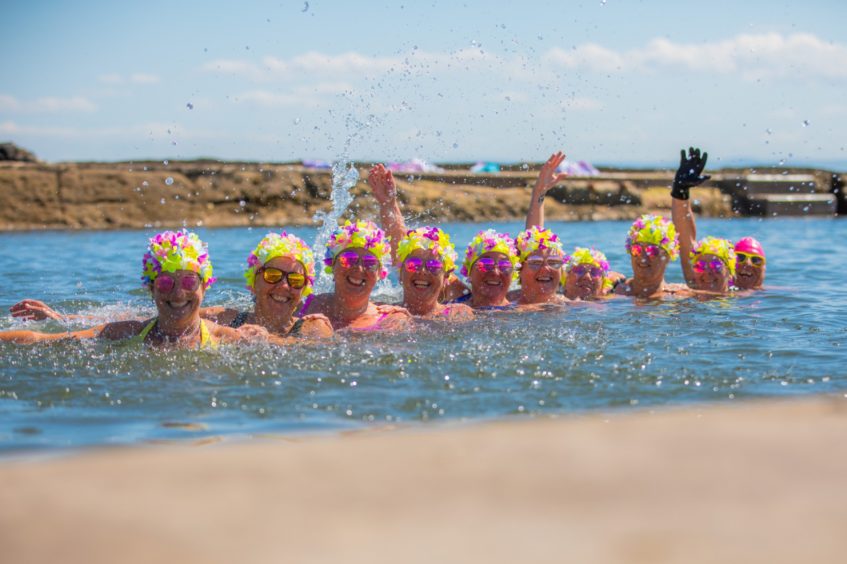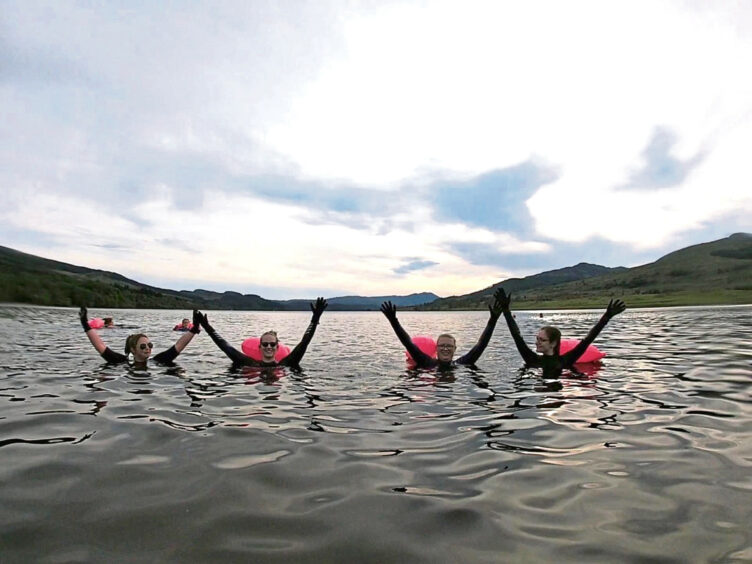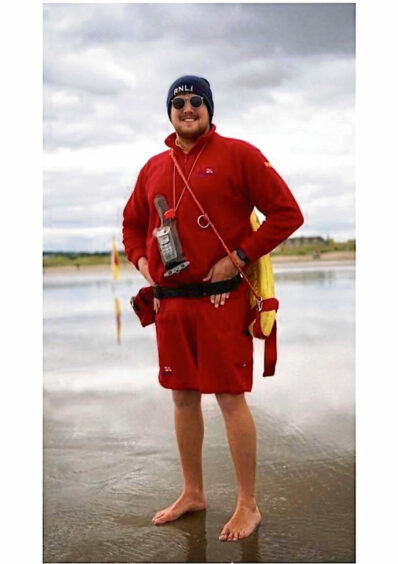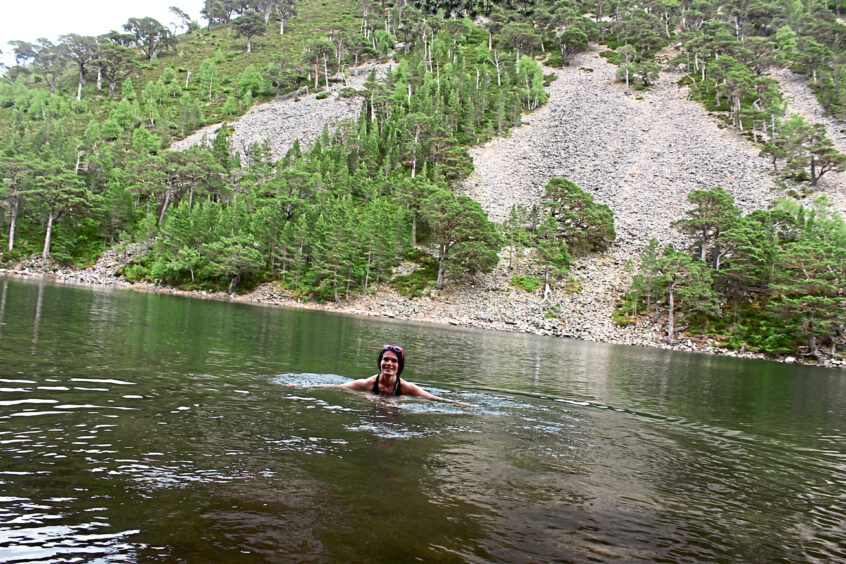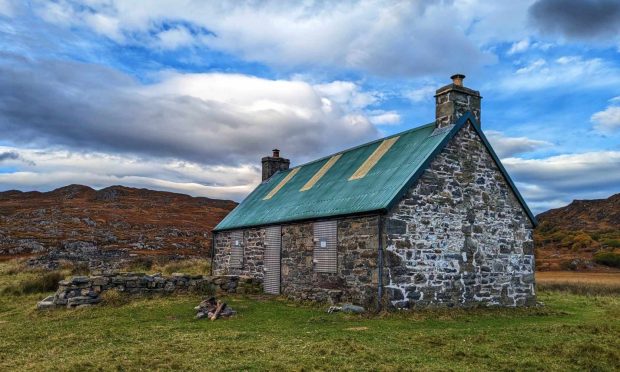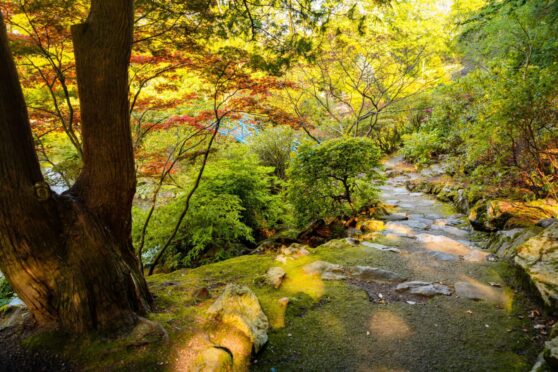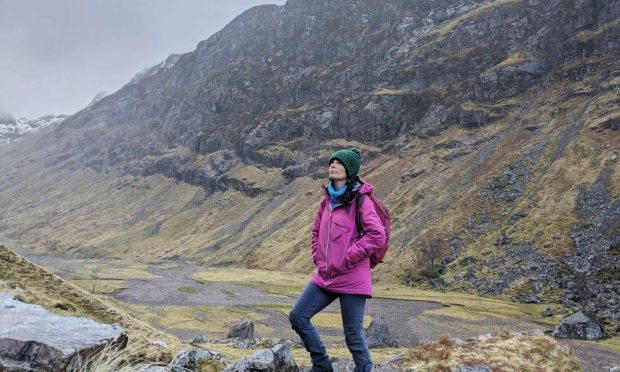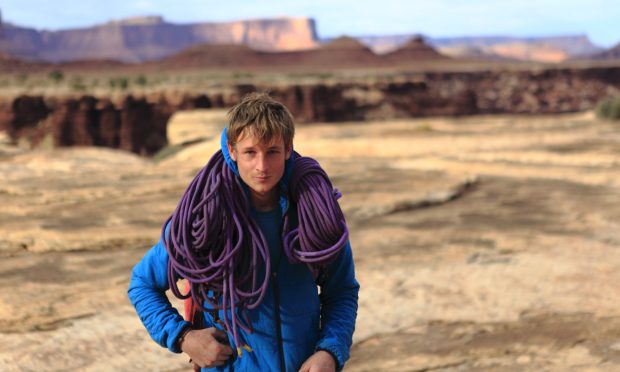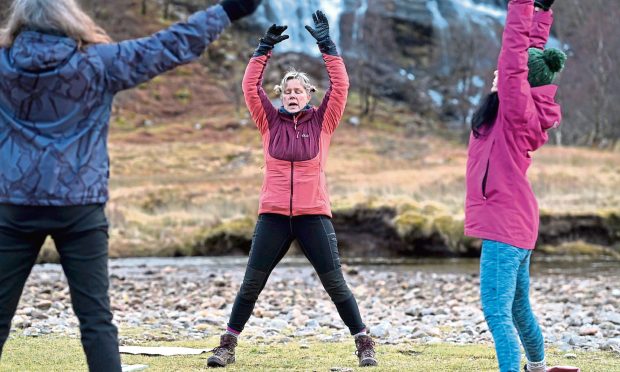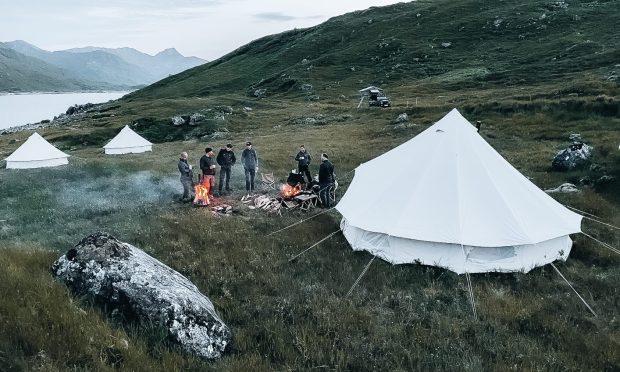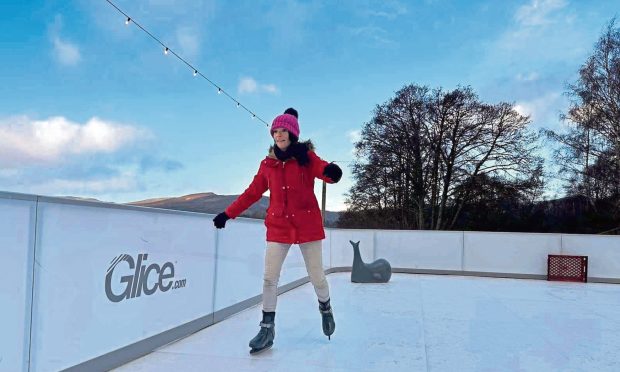Tragic drowning incidents have dominated the headlines recently. Gayle looks at steps everyone should take to stay safe in open water.
On a hot summer’s day, the idea of taking a refreshing dip in a loch, river or the sea can be extremely tempting.
I totally get this. The merest hint of sun has me desperately seeking out new swim spots, and my favourite ones would probably be described as “wild” and definitely not supervised.
I’m a strong enough swimmer – not the best – but I’m confident in water.
However, I’m well aware that strength and confidence aren’t going to save me should I get my foot trapped in a rock, tangled in some reeds, or maybe even a trolley or old fishing line. I could trip, crack my head, twist my ankle, get cramp and be unable to move. I could drown.
The recent swathe of tragic drowning incidents have been a bit of a wake-up call. As much as I hate to admit it, I’m not invincible. I need to take care. We all do.
As well as drownings across the UK – when I last checked, there’d been more than 30 this year – there have been swimming-induced injuries and near-misses.
Last month, a woman saved a one-year-old boy from falling into Knockburn Loch in Deeside. His mum was nowhere to be seen. When she did deign to show up, 15 minutes later, she was angry at the woman for “interfering”. Absolutely crazy.
Also in July, Jenny Paterson, founder of the Wild Wimmin Swimmin Facebook group, rescued a drowning 13-year-old girl from Gartmorn Dam in Clackmannanshire. She was just 150m from the shore when she got into difficulty.
“She was silent, as many drowning casualties are, and appeared to be climbing an ‘invisible ladder’,” says Jenny.
Fortunately, Jenny, an open water swimming coach, was able to use her lifesaving skills to swim out to the girl, ask her to stop kicking so she could float, then helped regulate her breathing before bringing her back to shore.
Since then, she’s been taking her own kids wild swimming and teaching them how to float on their backs like starfish, which can calm breathing and conserve energy.
Her advice is – never swim alone, always wear a tow float, take your time entering the water to acclimatise and prevent cold water shock, and to get out before you start feeling cold.
“Having a little bit of knowledge around the dangers could be the difference between a safe swimming experience versus a tragic incident,” she says.
“Regardless of how experienced an open water swimmer you are, each swim should be risk-assessed, taking into account weather conditions, air and water temperature, potential hazards including water quality, debris, jellyfish, blue green algae and so on.”
Jenny avoids rivers, saying they are “fraught with risks”, whether fast-flowing water, hidden rocks that could cause serious injury, or debris that could cause entanglement and potentially, drowning.
She prefers sea swimming and has been learning about tides, how to identify and avoid rip currents and how to safely exit one.
She’s a fan of Fife’s tidal pools (Pittenweem, St Monans and Cellardyke) as they enable her to enjoy the benefits of sea swimming but with fewer risks than those associated with the open sea.
Jenny’s favourite swims are in lochs, which tend to be warmer than the sea at this time of year, although many become very deep, very quickly – and the deeper the water, the colder it is.
“Sadly, the tragic but preventable incidents in Loch Lomond and elsewhere have been a sobering reminder that the hobby we’re so passionate about carries real risks,” she laments.
“We do however recognise the massive health and wellbeing benefits of wild swimming.”
The RNLI encourages people to swim only at lifeguarded beaches, and there are eight of these in Scotland, with the Broughty Ferry lifeguard station opening in June.
Lifeguards patrol the beach daily, setting up safe swim zones between 10am and 6pm to help swimmers avoid dangers like rocks and rip tides.
“The water around the UK is cold and therefore dangerous,” Broughty Ferry senior lifeguard Sam Muir tells me.
“If you jump in, the chances are you’ll go into cold water shock. Your body panics and your heart rate shoots up. Blood vessels constrict meaning your muscles won’t work as well, so you’ll gasp and thrash about.”
The best thing to do is to fight your instincts, says Sam.
“Extend your arms and legs to float on your back and take a minute to adjust to the temperature. Grab something to help you float if possible. Then shout and wave for help. Our message is – float to live.”
If you see someone in trouble, the advice is NOT to enter the water.
“One casualty is easier to rescue than two,” says Sam, 23. “Phone 999 and ask for the coastguard. If there’s any public rescue equipment, a ring, rope or pole, throw it to them. Even a ball can help someone stay afloat. Entering the water puts you in danger, considering cold water shock, currents and the fact the casualty will probably panic and grab you.”
Rip currents are another lurking danger. If you’re pulled out don’t try to swim against it – swim along parallel to the shore then back in.
Finally, always check tide times – it’s easy to get cut off.
- RNLI lifeguarded beaches in Scotland are: East and West Sands in St Andrews, Broughty Ferry, Elie Harbour, Leven, Aberdour’s Silver Sands, Burntisland and Coldingham Bay. See rnli.org and wildwimmin.co.uk
